-

Carbenicillin Disodium Salt CAS:4800-94-6
Carbenicillin Disodium Salt is a semi-synthetic antibiotic derived from penicillin. It belongs to the family of penicillinase-resistant penicillins and is used primarily to treat infections caused by susceptible gram-negative bacteria. It works by inhibiting bacterial cell wall synthesis, leading to the destruction of the bacterial cell. Carbenicillin Disodium Salt is commonly used in clinical and laboratory settings for its broad spectrum of activity against various bacterial strains.
-

5-Bromo-4-chloro-3-indolyl phosphate disodium salt CAS:102185-33-1
5-Bromo-4-chloro-3-indolyl phosphate disodium salt (BCIP) is a chemical compound commonly used in molecular biology and biochemistry applications. It is a chromogenic substrate for alkaline phosphatase enzymes.
BCIP is often used in conjunction with nitroblue tetrazolium (NBT) as a substrate to detect alkaline phosphatase activity. When BCIP is dephosphorylated by alkaline phosphatase, a blue precipitate forms, allowing for the visualization of the enzyme’s presence or activity.
This compound is particularly useful in applications such as immunohistochemistry, in situ hybridization, and enzyme-linked immunosorbent assays (ELISAs) to detect the presence or localization of specific biomolecules or nucleic acids. The blue precipitate formed by BCIP provides a visible signal that assists in the identification and analysis of target molecules in experimental samples.
-
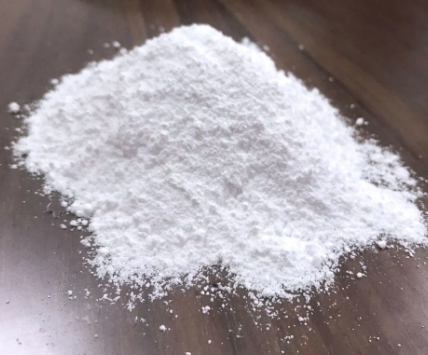
2-Chloro-4-nitrophenyl-α-L-fucopy ranoside CAS:157843-41-9
2-Chloro-4-nitrophenyl-alpha-L-fucopyranoside is a synthetic chemical compound. It is a derivative of fucose, a monosaccharide that is commonly found in various biological molecules. This compound contains a chlorine atom and a nitro group attached to a phenyl ring, which is linked to the fucose molecule.The specific applications and properties of 2-chloro-4-nitrophenyl-alpha-L-fucopyranoside may vary, depending on its intended use. However, similar fucoside derivatives have been used in biochemical research for various purposes, including studying glycosylation processes, investigating enzyme activities, and analyzing carbohydrate-protein interactions.
-
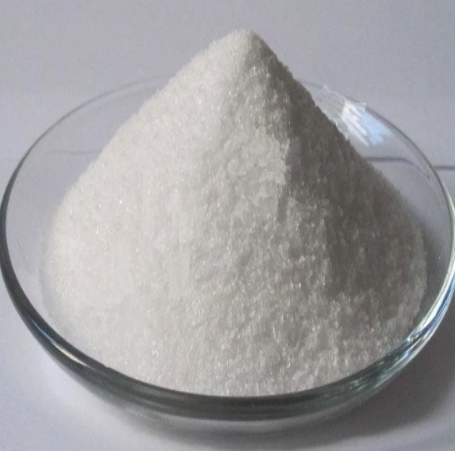
3′,5′-Dimethoxy-4′-hydroxyacetophenone CAS:2478-38-8
3′,5′-Dimethoxy-4′-hydroxyacetophenone is a chemical compound with the molecular formula C10H12O4. It belongs to the class of organic compounds known as phenols and is derived from acetophenone. It is characterized by the presence of two methoxy groups (-OCH3) at positions 3′ and 5′ on the phenol ring and a hydroxy group (-OH) at position 4′. This compound is commonly used as an intermediate or building block in organic synthesis, particularly in the production of pharmaceuticals and other biologically active compounds.
-

Sodium Salt salt CAS:139-41-3 Manufacturer Price
N,N-Bis(2-hydroxyethyl)glycine sodium salt is a chemical compound used as a buffering agent in various biochemical and biophysical applications. It helps maintain a stable pH level in experimental conditions, making it useful in enzyme studies, protein research, cell culture, and Western blotting techniques.
-
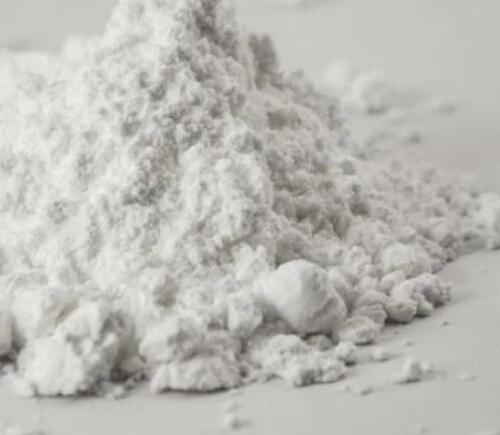
4-Aminophthalhydrazide AMPPD CAS:3682-14-2
4-Aminophthalhydrazide, also known as 4-APhH, is a chemical compound with the molecular formula C8H8N2O. It belongs to the class of hydrazide compounds and is derived from phthalic acid.
.
-
![N-[3-(2-Furyl)acryloyl]-Phe-Gly-Gly CAS:64967-39-1](https://cdn.globalso.com/xindaobiotech/图片478.png)
N-[3-(2-Furyl)acryloyl]-Phe-Gly-Gly CAS:64967-39-1
N-[3-(2-Furyl)acryloyl]-Phe-Gly-Gly is a chemical compound with a complex name that represents a specific peptide sequence. It consists of various amino acids connected together in a specific order: phenylalanine (Phe), glycine (Gly), and glycine (Gly).
The compound is modified with a furan ring at the acryloyl group, which gives it unique properties and functions. This modification may impart unique characteristics to the compound, such as altered stability, reactivity, or biological activity.
-
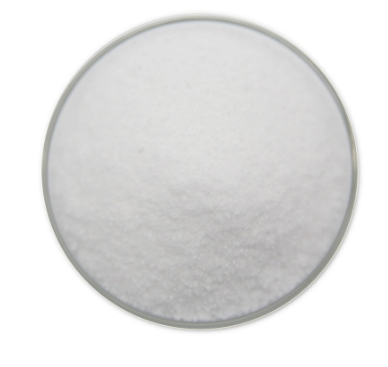
N-Acetyl-L-cysteine CAS:616-91-1
N-Acetyl-L-cysteine (NAC) is a modified form of the amino acid cysteine. It provides a source of cysteine and can be readily converted into the tripeptide glutathione, a powerful antioxidant in the body. NAC is known for its antioxidant and mucolytic properties, making it useful in various health applications.
As an antioxidant, NAC helps protect cells from damage caused by free radicals, reactive oxygen species, and toxins. It also supports glutathione synthesis, which plays a crucial role in the body’s detoxification processes and maintaining a healthy immune system.
NAC has been studied for its potential benefits in respiratory health, particularly for individuals with conditions such as chronic bronchitis, COPD, and cystic fibrosis. It is commonly used as an expectorant to help thin and loosen mucus, making it easier to clear the airways.
Furthermore, NAC has shown promise in supporting liver health by assisting in the removal of toxic substances, such as acetaminophen, a common pain reliever. It may also have protective effects against liver damage caused by alcohol consumption.
In addition to its antioxidant and respiratory support properties, NAC has been explored for its potential benefits in mental health. Some research suggests that it may have a positive impact on mood disorders, such as depression and obsessive-compulsive disorder (OCD).
-
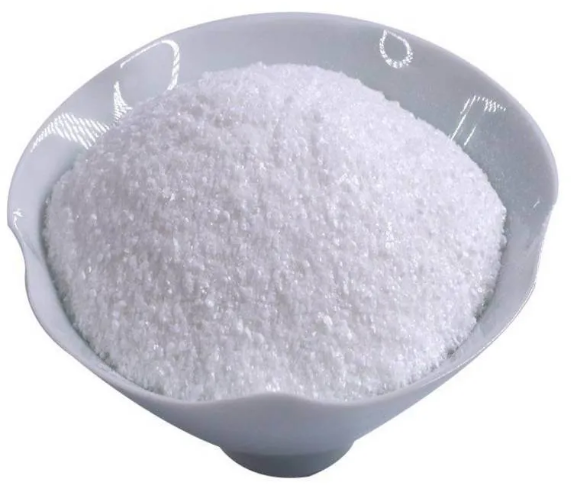
GLYCYL-L-PROLINE CAS:704-15-4
Glycyl-L-proline, also known as glycylproline or Gym-Pro, is an amino acid derivative that consists of the amino acid glycine attached to the amino acid L-proline. It is a naturally occurring compound found in collagen, a protein responsible for the structure and strength of various tissues in the body. Glycyl-L-proline has been studied for its potential health benefits, including promoting skin health, reducing inflammation, and supporting joint and bone health. It is also used in cosmetic formulations for its moisturizing and antioxidant properties.
-

Guanidine Hydrochloride CAS:50-01-1
Guanidine hydrochloride is a chemical compound with the molecular formula CH5N3·HCl. It is a strong chaotropic agent widely used in biochemistry and molecular biology applications.
Guanidine hydrochloride is commonly used to denature proteins, disrupt protein structures, and unfold proteins for purification purposes. It is particularly effective in breaking hydrogen bonds and disrupting non-covalent interactions within proteins. This property makes it useful for solubilizing proteins that are normally insoluble or aggregate-prone.
It is also utilized as a protein stabilizer, protecting proteins from unwanted aggregation or denaturation during various biochemical and biophysical experiments. Guanidine hydrochloride can help maintain the native structure and activity of proteins under denaturing conditions.
-

Acetylthiocholine iodide CAS:1866-15-5
Acetylthiocholine iodide is a chemical compound that is commonly used as a substrate in enzyme assays to measure the activity of the enzyme acetylcholinesterase (AChE). AChE is an enzyme that hydrolyzes the neurotransmitter acetylcholine, a critical step in terminating the signal transmission between nerve cells.
When acetylthiocholine iodide is acted upon by AChE, the acetyl group is removed, resulting in the formation of thiocholine and acetate ions. Thiocholine then reacts with a colorless reagent called DTNB (5,5′-dithiobis(2-nitrobenzoic acid)) to produce a yellow-colored compound called 5-thio-2-nitrobenzoate, which can be measured spectrophotometrically. The rate of color development is directly proportional to the activity of AChE in the sample.
-
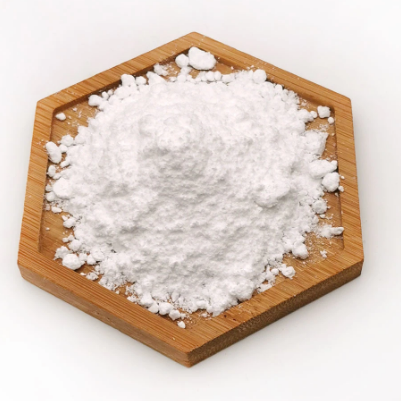
2-Methoxy-4-morpholinobenzenediazonium chloride zinc chloride double salt(21) CAS:67801-08-5
2-Methoxy-4-morpholinobenzenediazonium chloride zinc chloride double salt is a solid crystalline compound used as a reagent in organic synthesis. It consists of a diazonium cation, chloride anions, and zinc cations. This compound offers enhanced stability and solubility, making it suitable for various chemical and pharmaceutical applications.

